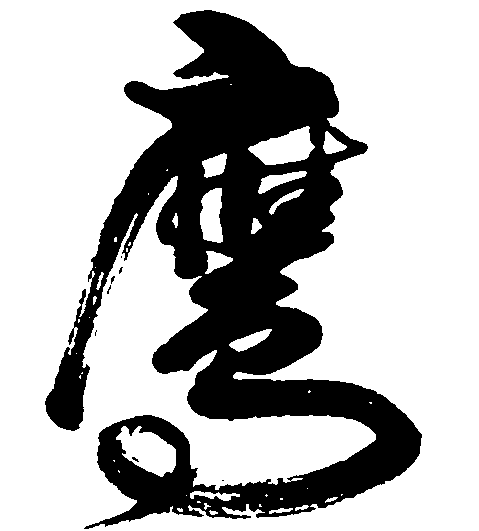Bending the Rules: Tone Change Patterns in Mandarin
Mandarin Chinese is famous (or infamous) for its tones. Most learners are taught the four main tones early on, but what often gets overlooked are the tone change rules, those sneaky adjustments native speakers make when tones collide in real-world speech. These changes, called tone sandhi (变调 biàn diào,) are not only natural but essential for sounding fluent and understanding others.
In this post, we’ll walk through the most common tone changes you’ll encounter, and likely start using without even realizing it.
Third Tone + Third Tone → Second + Third
When two third tones appear side by side, the first one shifts to a second tone. This is one of the earliest tone sandhi rules learners encounter.
Example:
可以 → kě yǐ → ké yǐ
(“can” or “may”)
This change makes the phrase flow more smoothly. Saying two dipping tones in a row is awkward and unnatural, so this tonal adjustment keeps speech fluid and rhythmic.
不 + Fourth Tone → Second Tone + Fourth Tone
The negative particle 不 (bù) usually carries a fourth tone. But when it’s followed by another fourth tone, bù changes to a second tone.
Example:
不是 → bù shì → bú shì
(“is not”)
This prevents a back-to-back pairing of harsh, falling tones, which can sound abrupt or jarring. You’ll notice this tone shift often in daily conversation—it’s one of the most commonly heard tone changes.
Third Tone + Second Tone → Long, Smooth Flow
When a third tone is followed by a second tone, they tend to blend into a smooth, sweeping sound that resembles a checkmark (✓) or Nike swoosh in tone contour.
Example:
小时 → xiǎo shí → sounds like one continuous rising motion
(“hour”)
Rather than focusing on a strict dip-and-rise followed by a rise, native speakers glide through these tones. Think of it as smoothing the road for faster driving.
一 (yī) + Fourth Tone → Second Tone
The word for “one” (一) is typically first tone (yī). But when it precedes a fourth tone, it often changes to second tone.
Example:
一个 → yī gè → yí gè
(“one [of something]”)
This is more about rhythm and ease of pronunciation than strict grammar, and you’ll hear both versions depending on the speaker’s region and habits. Still, the tone shift is widespread enough to sound entirely natural.
一 (yī) + Anything Else → Fourth Tone
In most other cases, when 一 is followed by a tone that isn’t fourth tone, it often becomes yì (fourth tone).
Example:
一起 → yī qǐ → yì qǐ
(“together”)
This pattern isn’t always explained in textbooks, but native speakers use it instinctively. Again, it’s about rhythm, tone contrast, and fluency. While both versions (yīqǐ and yìqǐ) are grammatically correct, the tone change feels smoother to the native ear.
Why Tone Changes Matter
Tone sandhi might seem like a frustrating curveball, just when you thought you had the tones down, the rules start to bend. But mastering these changes is one of the fastest ways to sound natural in Chinese.
These aren’t optional for native-level fluency. They’re as baked into the language as tones themselves. When you apply these rules, your speech becomes easier to follow, more melodic, and much more native-like.
Final Thoughts
If Mandarin tones are the melody of the language, then tone changes are the harmony. They ensure that phrases sound smooth, natural, and intelligible. While it might feel like you’re unlearning the rules you just memorized, you’re actually stepping deeper into how the language is really spoken.
Start listening for these patterns in conversations, dramas, and audio clips. The more you hear them, the more natural they’ll become in your own speech.
Mastering tone changes isn’t about perfection, it’s about practice, exposure, and patience. Keep your ears open and your tones flexible. I would love to help you with tone mastery, it is something I worked extremely hard on and would now like to assist you! Click here to get started!
